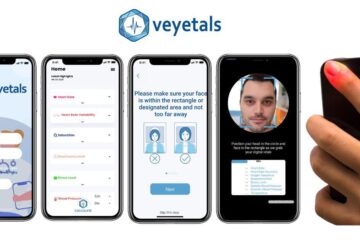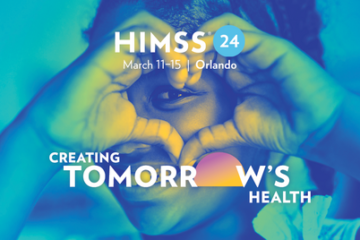Image Credit: Canva
In the realm of health monitoring, remote photoplethysmography (rPPG) technology has emerged as a groundbreaking approach to measuring vital signs without the need for invasive procedures or cumbersome devices. By harnessing the subtle changes in our skin color, rPPG opens up a world of possibilities for real-time non-invasive health monitoring.
Traditionally, vital signs such as heart rate, blood pressure, and oxygen saturation have been measured using specialized sensors and devices that require direct contact with the body. However, rPPG takes a different approach by leveraging the skin’s natural ability to absorb and reflect light.
The principle behind rPPG is rooted in the concept of photoplethysmography (PPG), a well-established technique used in pulse oximeters. PPG measures blood volume changes in peripheral blood vessels by detecting variations in light absorption during each heartbeat.
With rPPG, this concept is taken a step further by using regular cameras or sensors, such as those found in smartphones or wearables, to capture video or image data of the skin. By analyzing the subtle changes in skin color over time, rPPG algorithms can extract vital signs information.
During each heartbeat, blood vessels near the skin’s surface expand and contract, affecting the amount of light absorbed and reflected by the skin. These changes in light intensity are imperceptible to the human eye but can be detected and analyzed by rPPG algorithms.
Non-invasive Nature: One of the standout advantages of rPPG is its non-invasive approach. Traditional methods often involve attaching sensors or devices directly to the body, causing discomfort and inconvenience. In contrast, rPPG utilizes regular cameras or sensors, making it a hassle-free and user-friendly option. By leveraging the skin’s natural ability to absorb and reflect light, rPPG allows for comfortable and non-disruptive monitoring.
Real-time Monitoring: rPPG enables real-time monitoring of vital signs, providing continuous and up-to-date information about our physiological state. This real-time feedback is crucial for early detection of health issues, allowing for timely interventions and proactive healthcare management. With real-time monitoring, we gain a comprehensive understanding of our body’s responses, enabling personalized and precise healthcare strategies.
Early Detection of Health Issues: By capturing subtle changes in skin color, rPPG technology can detect variations in vital signs such as heart rate, blood pressure, and oxygen saturation. These insights can serve as early indicators of potential health issues, facilitating early detection and intervention. The ability to identify abnormalities at their nascent stages empowers healthcare providers and individuals to address health concerns proactively, improving treatment outcomes and overall well-being.
Remote Patient Monitoring: rPPG enables healthcare professionals to remotely monitor patients’ vital signs without the need for direct contact or invasive procedures. By utilizing regular cameras or sensors, rPPG technology captures video or image data of patients, allowing for non-invasive and real-time monitoring of parameters like heart rate, blood pressure trends, and oxygen saturation levels. This remote patient monitoring approach is particularly valuable for individuals with chronic conditions, post-operative care, or those who require continuous health surveillance from the comfort of their homes.
Remote Patient Monitoring: rPPG enables healthcare professionals to remotely monitor patients’ vital signs without the need for direct contact or invasive procedures. By utilizing regular cameras or sensors, rPPG technology captures video or image data of patients, allowing for non-invasive and real-time monitoring of parameters like heart rate, blood pressure trends, and oxygen saturation levels. This remote patient monitoring approach is particularly valuable for individuals with chronic conditions, post-operative care, or those who require continuous health surveillance from the comfort of their homes.
In this blog post, we’ve explored the transformative power of remote photoplethysmography (rPPG) technology in health monitoring. We’ve learned that rPPG offers a non-invasive and real-time approach to monitoring vital signs, enabling early detection of health issues, and facilitating personalized interventions.
rPPG technology utilizes the skin’s ability to absorb and reflect light to measure vital signs non-invasively and in real-time.
Real-time monitoring with rPPG allows for early detection of health issues, enabling timely interventions and proactive healthcare management.
rPPG has diverse applications, including remote patient monitoring, sleep assessment, stress management, and fitness tracking.
The potential of rPPG to revolutionize health monitoring is immense. As we continue to unlock its capabilities, it is crucial to stay informed about the latest advancements and emerging trends in this field.
I encourage you to dive deeper into the world of rPPG technology. Explore the applications, research studies, and real-life examples that demonstrate its effectiveness in transforming healthcare. By staying engaged and informed, we can collectively drive the adoption of rPPG and shape a future where personalized and real-time health monitoring is accessible to all.
Ready to join the future of healthcare management? Contact us HERE to learn more about Veyetals. And don’t forget to follow us on LinkedIn for the latest updates and insights.



